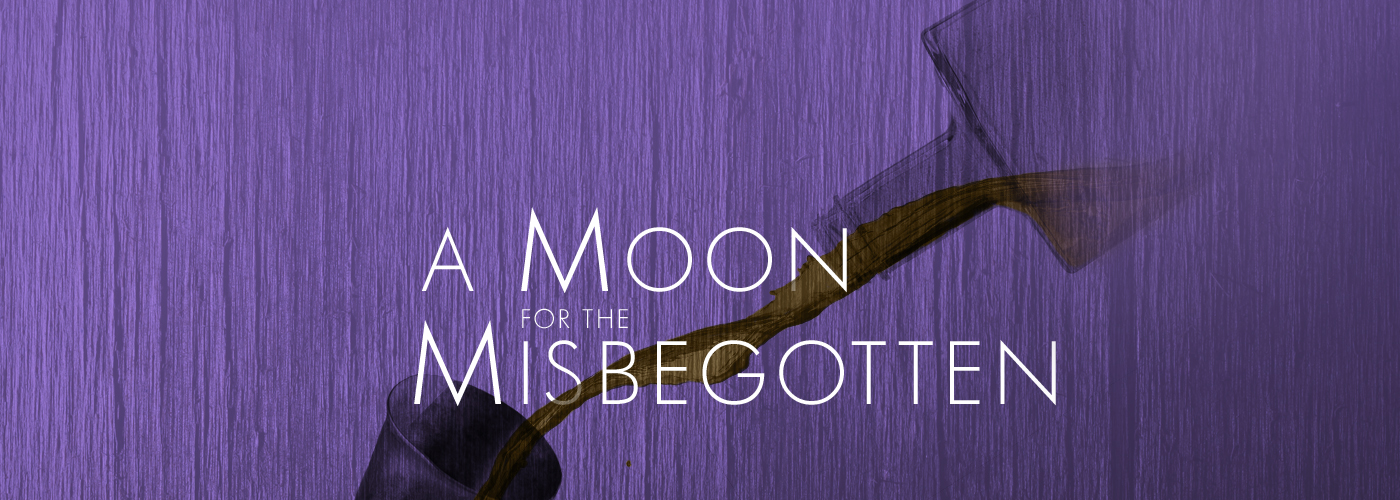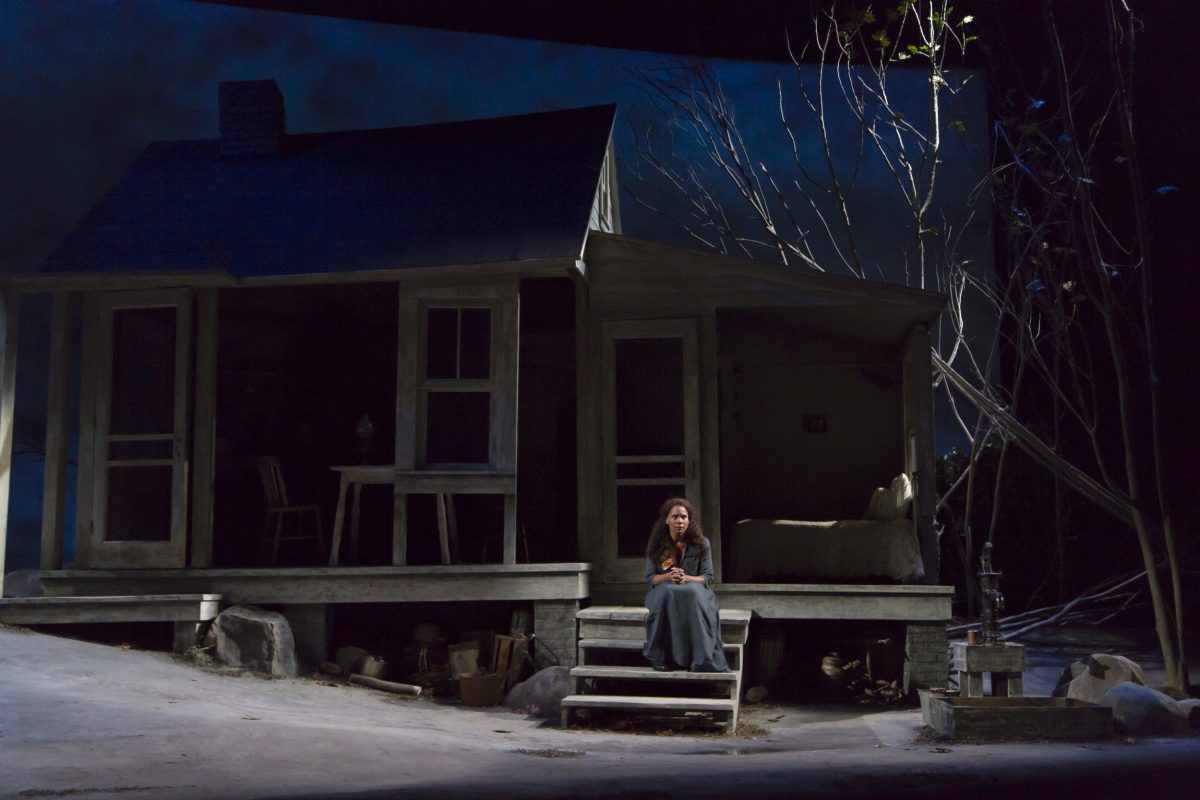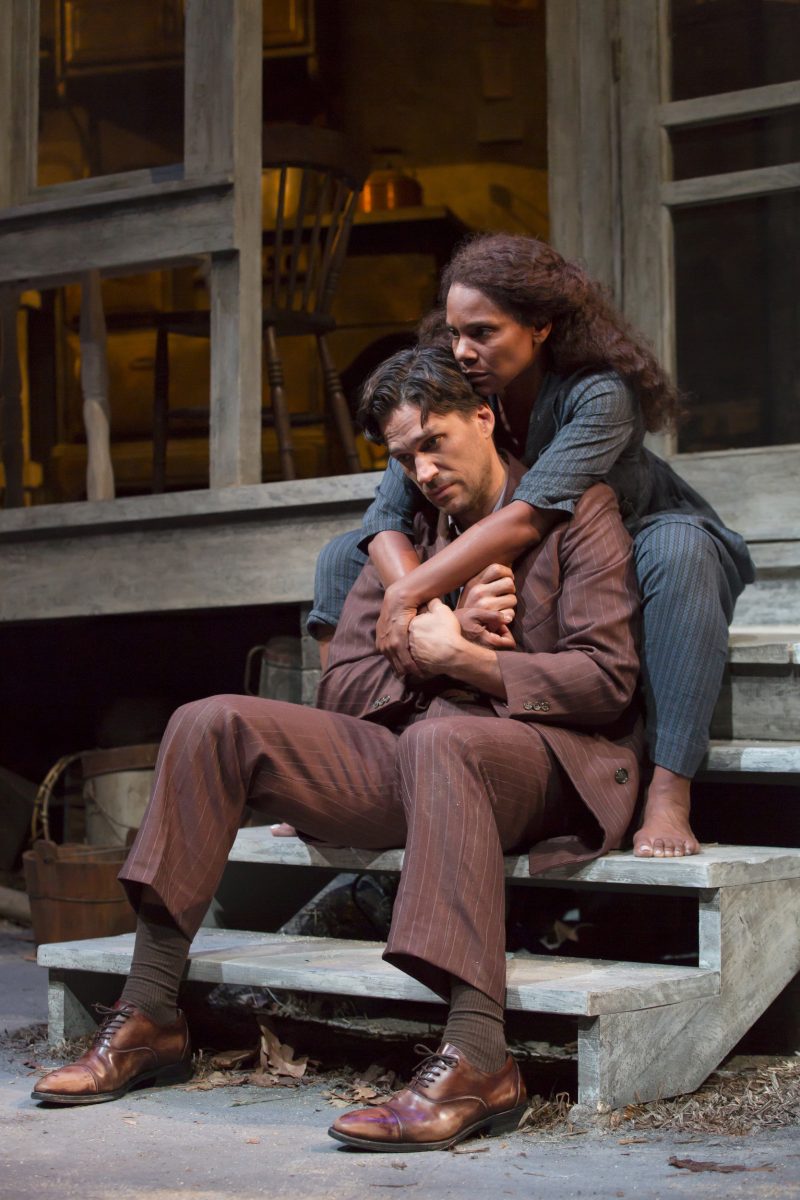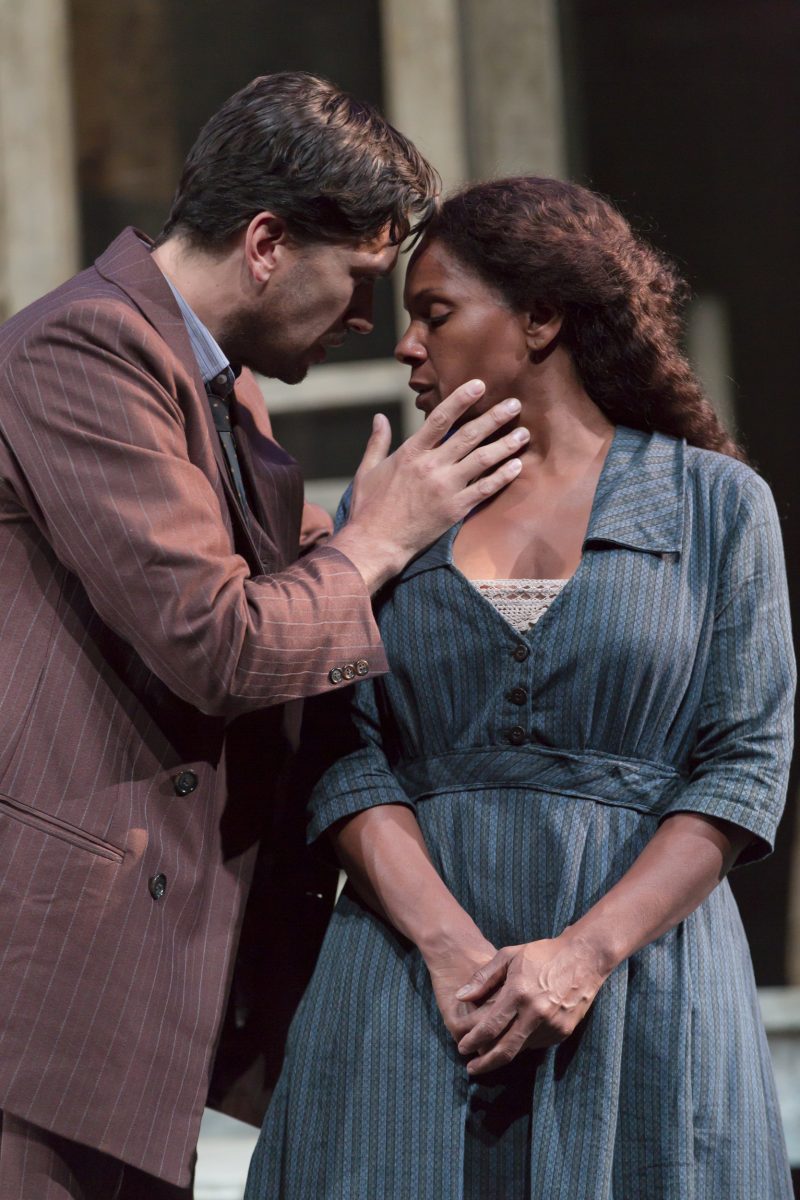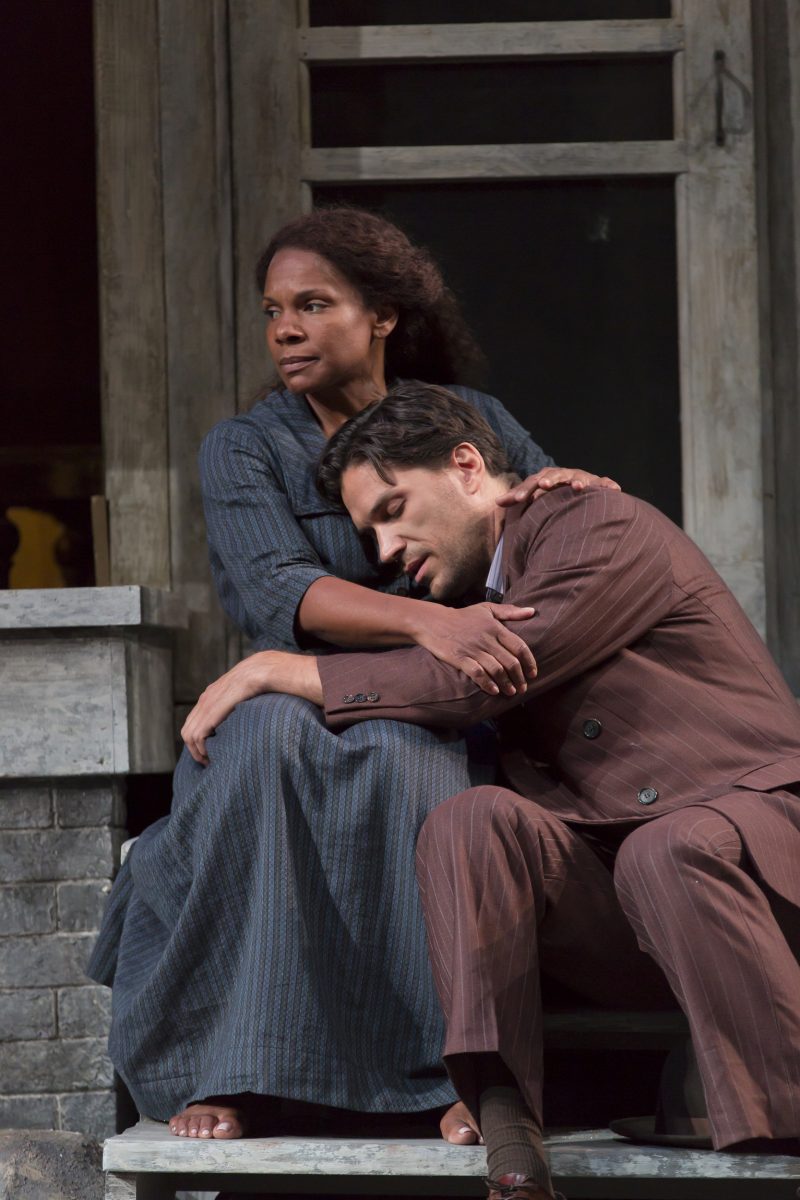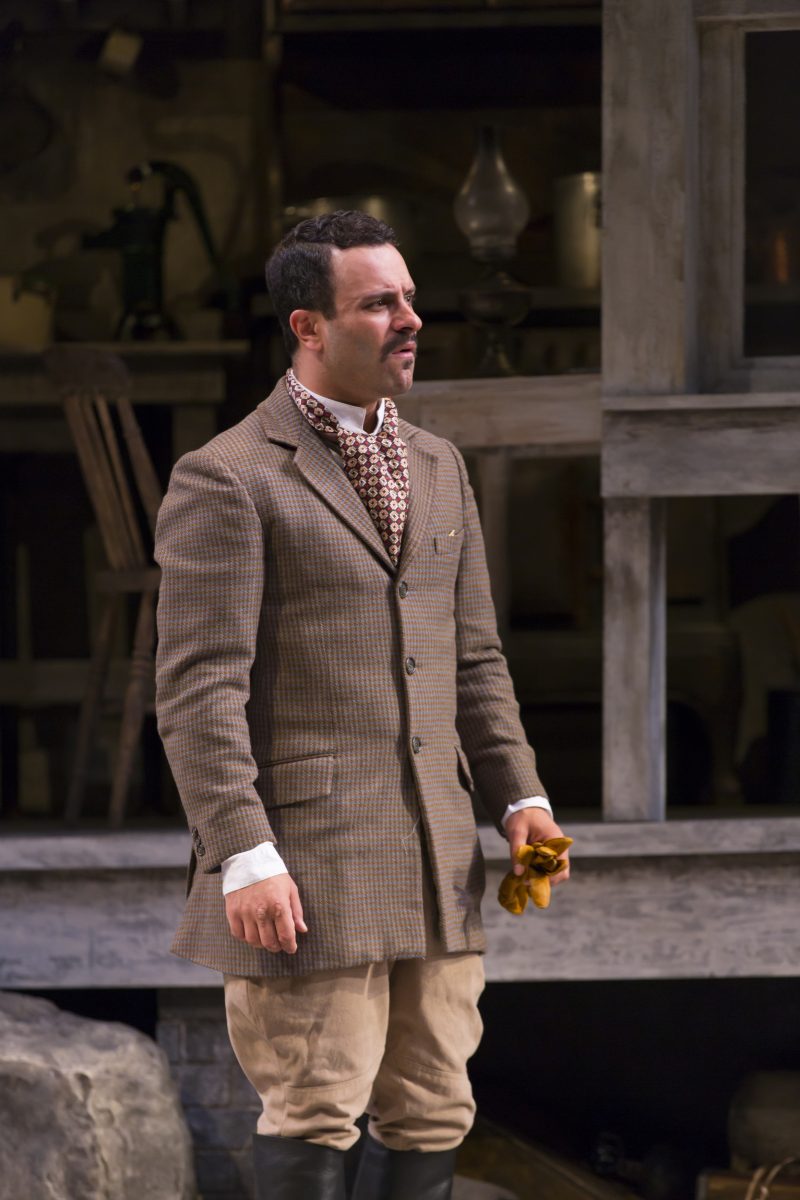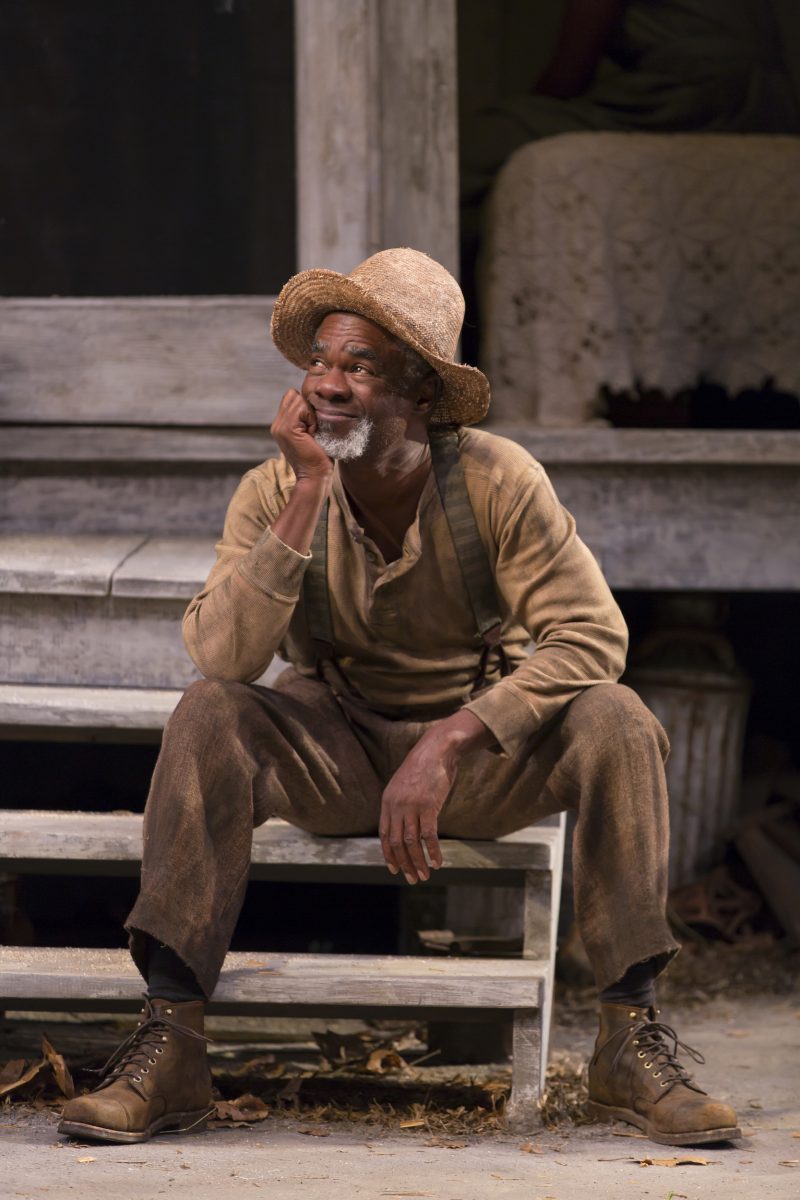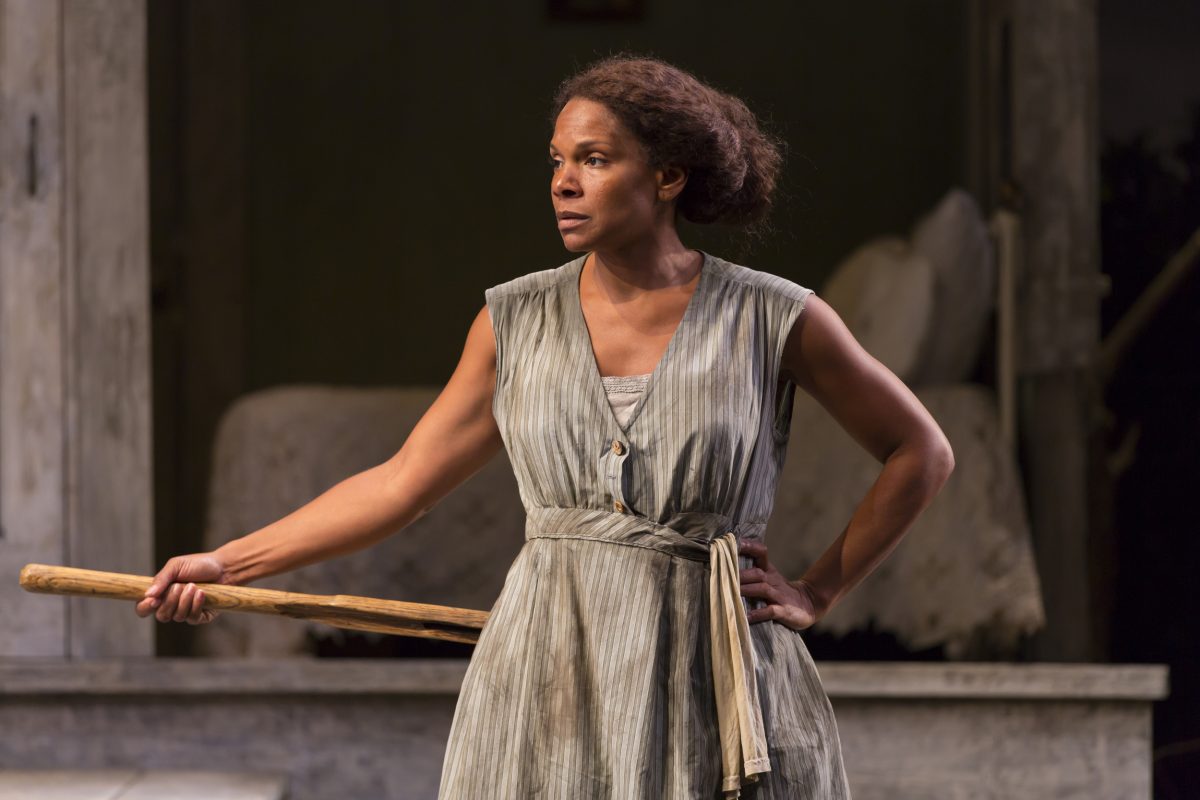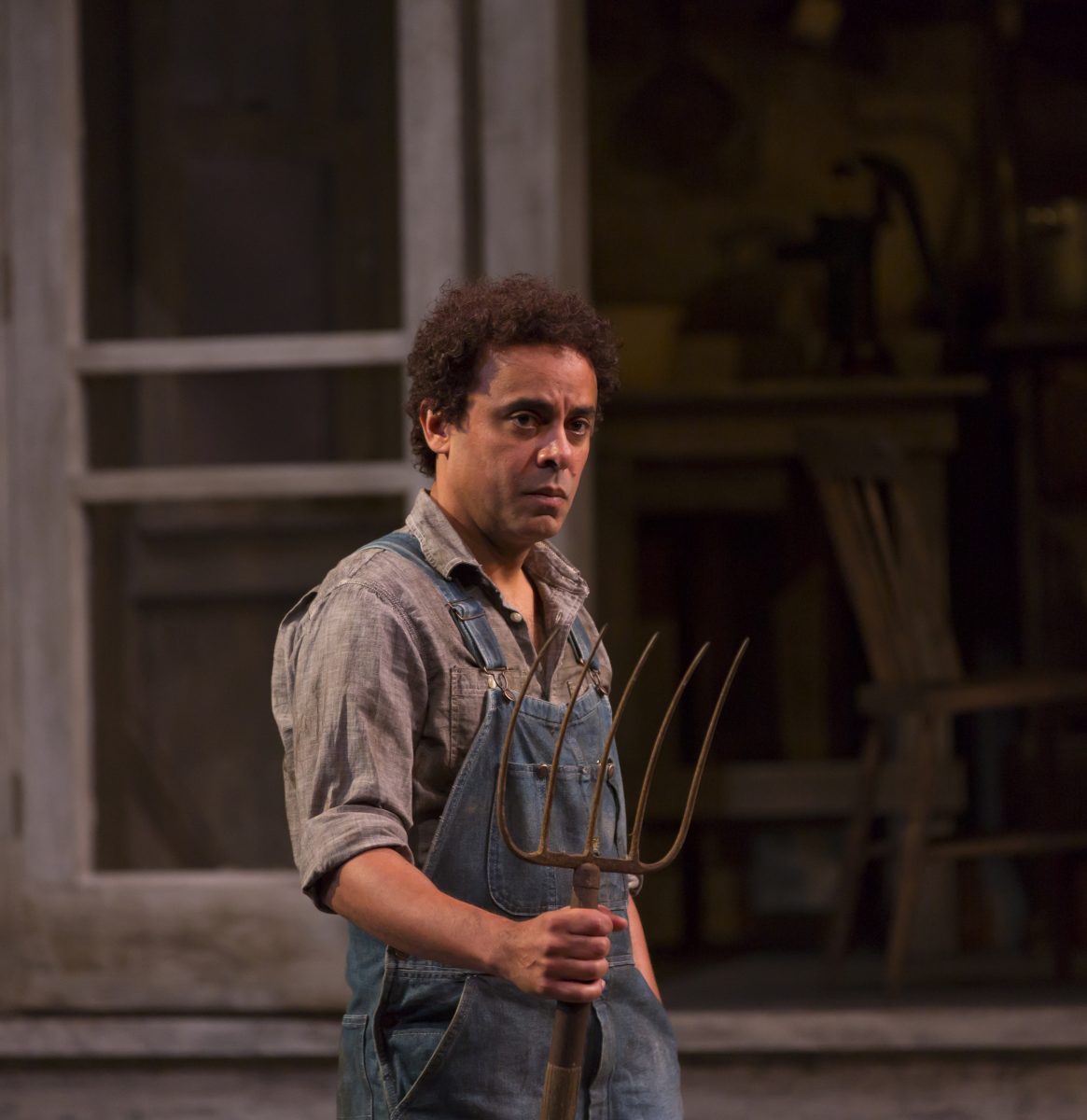By Eugene O'Neill Directed by Gordon Edelstein
Six-time Tony Award-winner Audra McDonald and Tony Award-nominee Will Swenson take the stage in Nobel laureate Eugene O’Neill’s final masterpiece. When Phil Hogan, a salty tenant farmer, fears he will lose his property, his daughter Josie (McDonald), lures their dissolute landlord, Jamie Tyrone (Swenson), into bed one summer night. Under the glow of the moon, truth comes into focus for these two souls, but what awaits them when dawn breaks? Helmed by Gordon Edelstein and featuring scenic design by the world-renowned Ming Cho Lee, this raw and invigorating new look at O’Neill’s poetic and bitterly romantic A Moon for the Misbegotten assures us of the heart’s capacity for infinite love and forgiveness.
